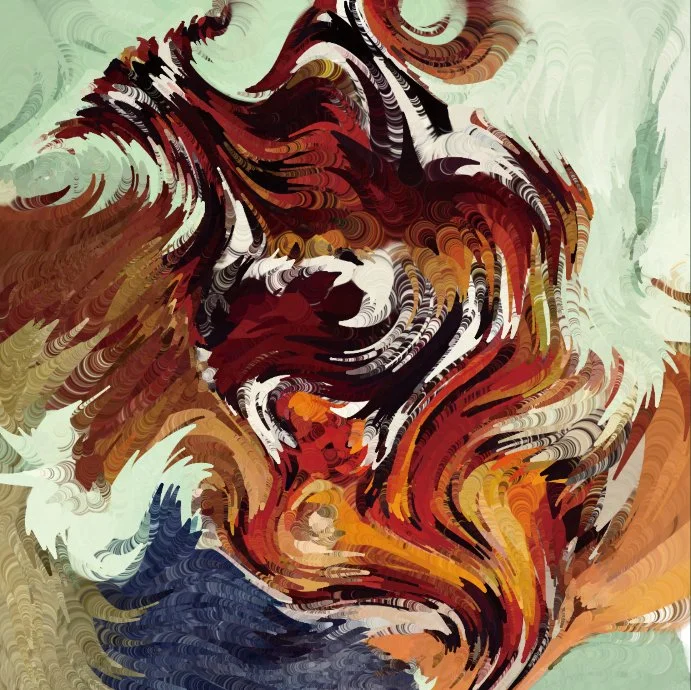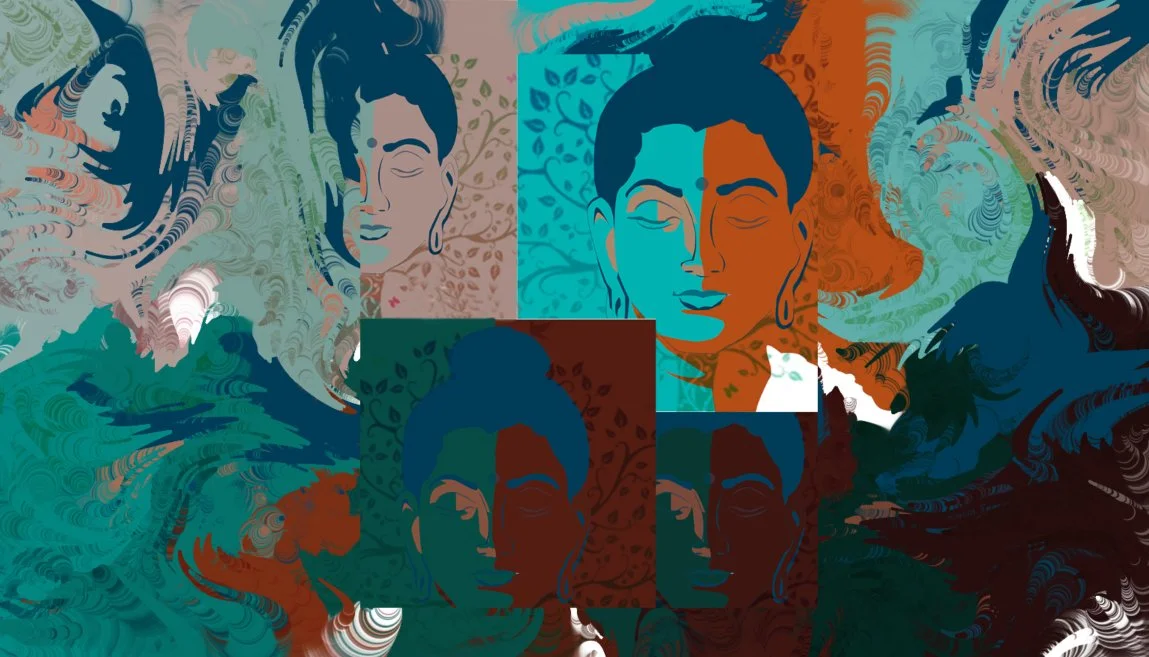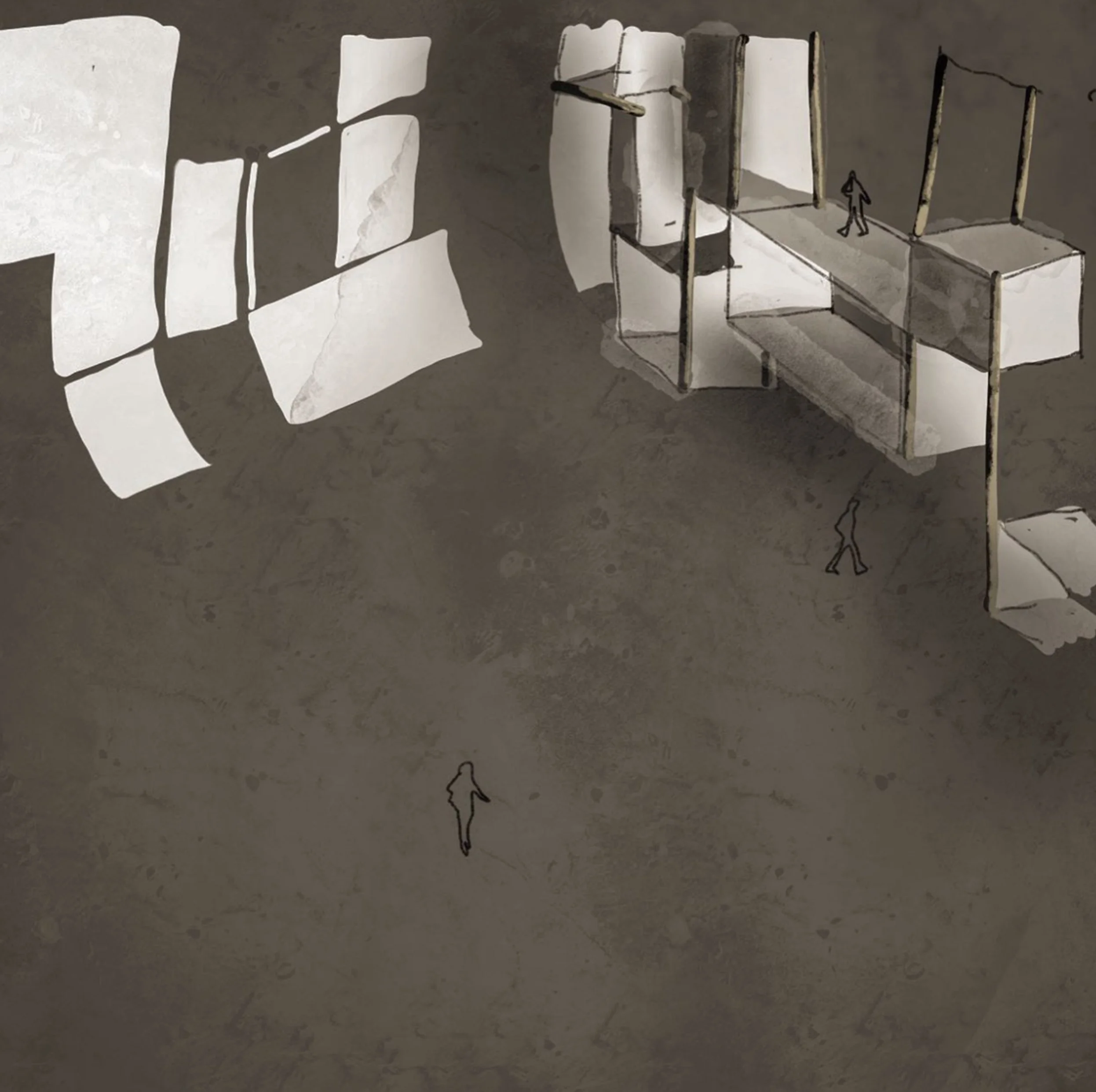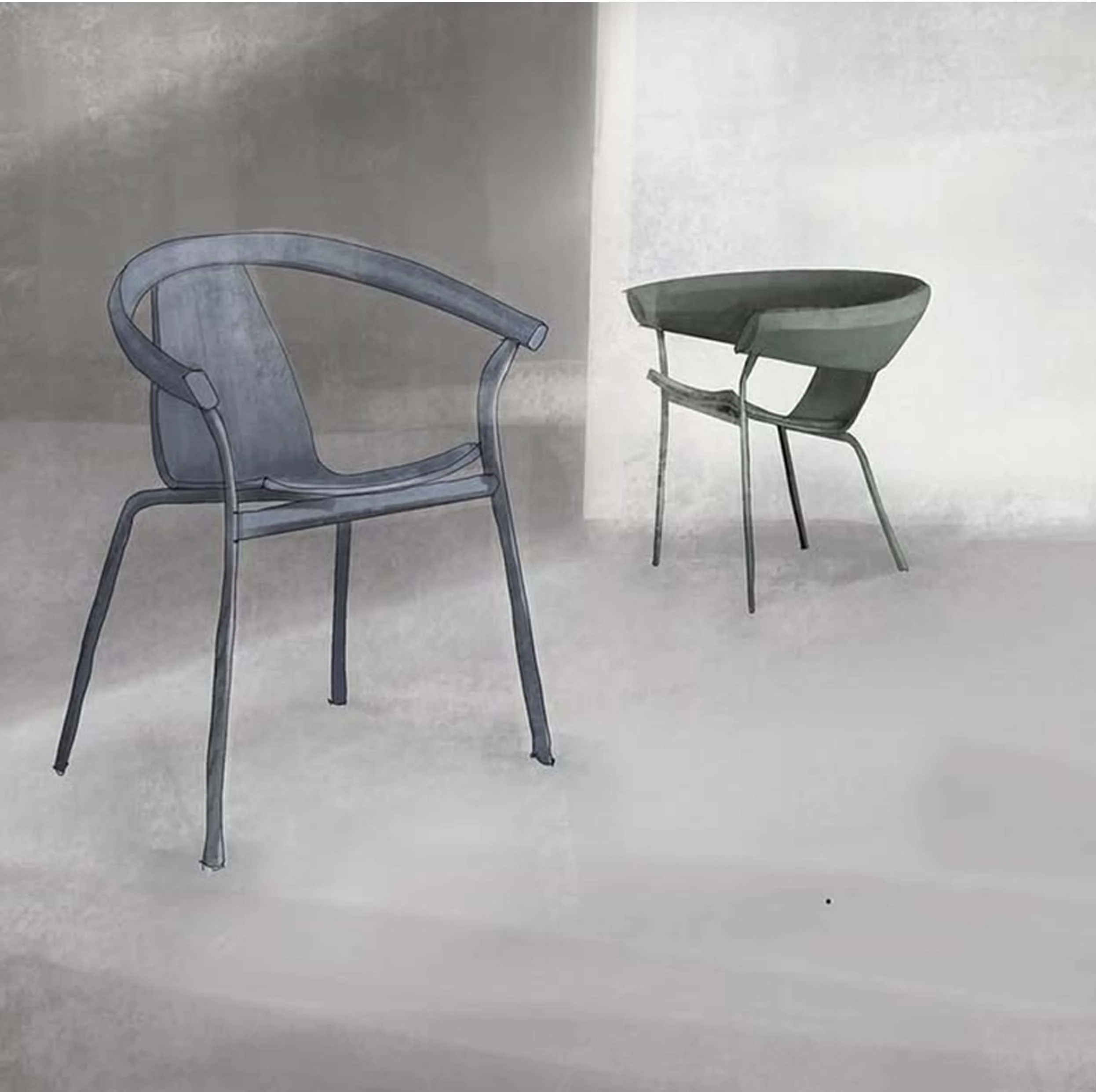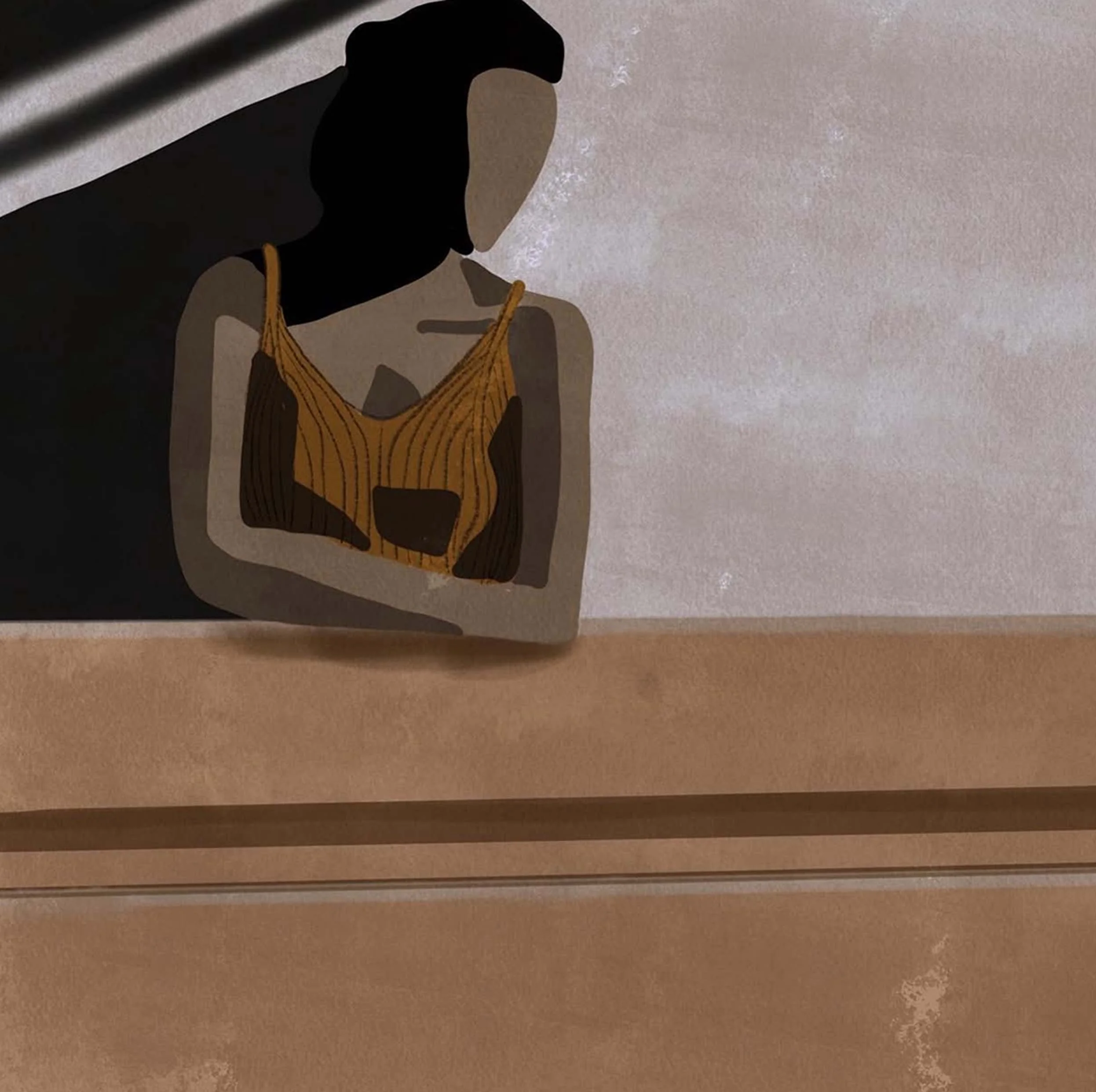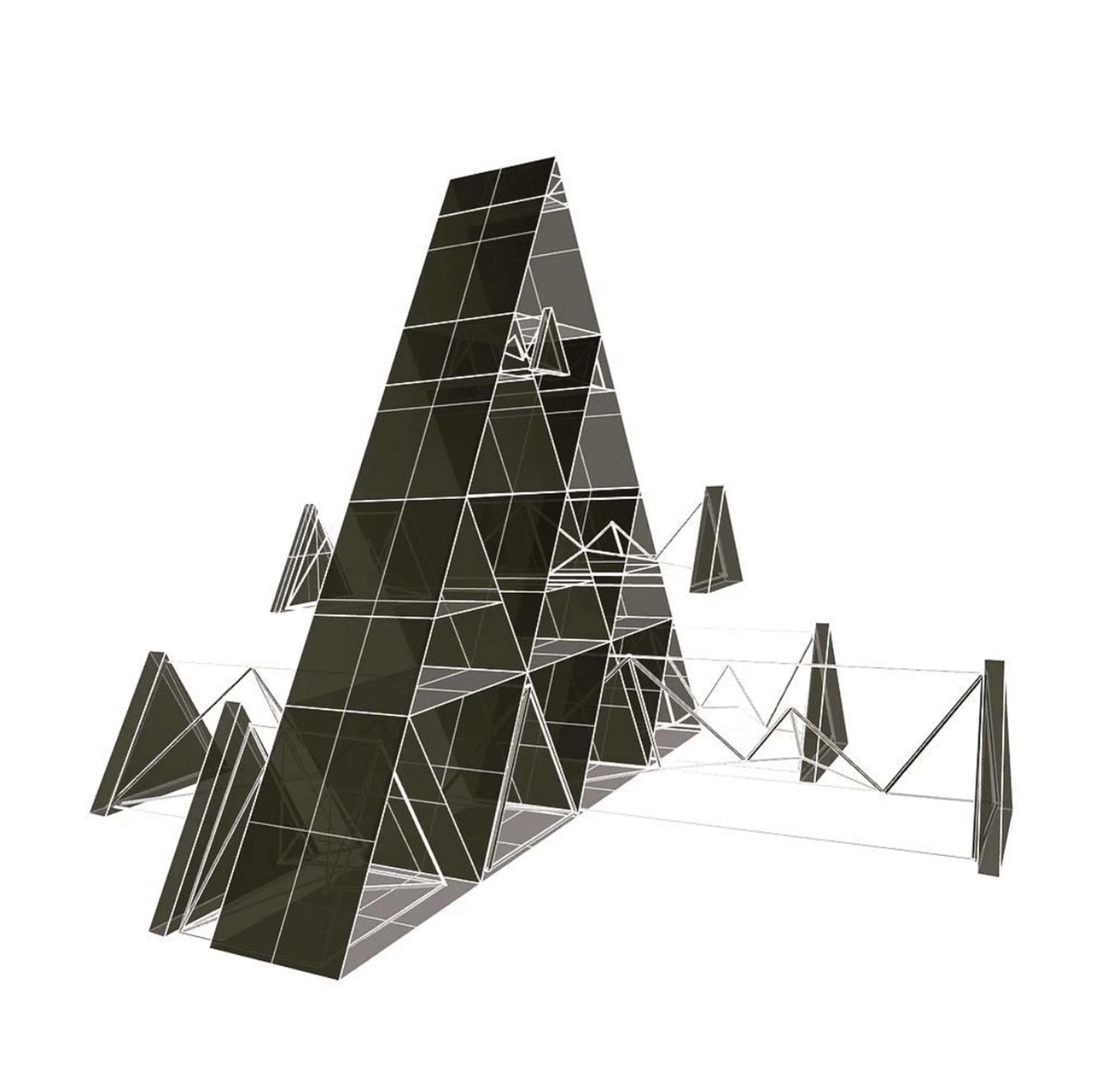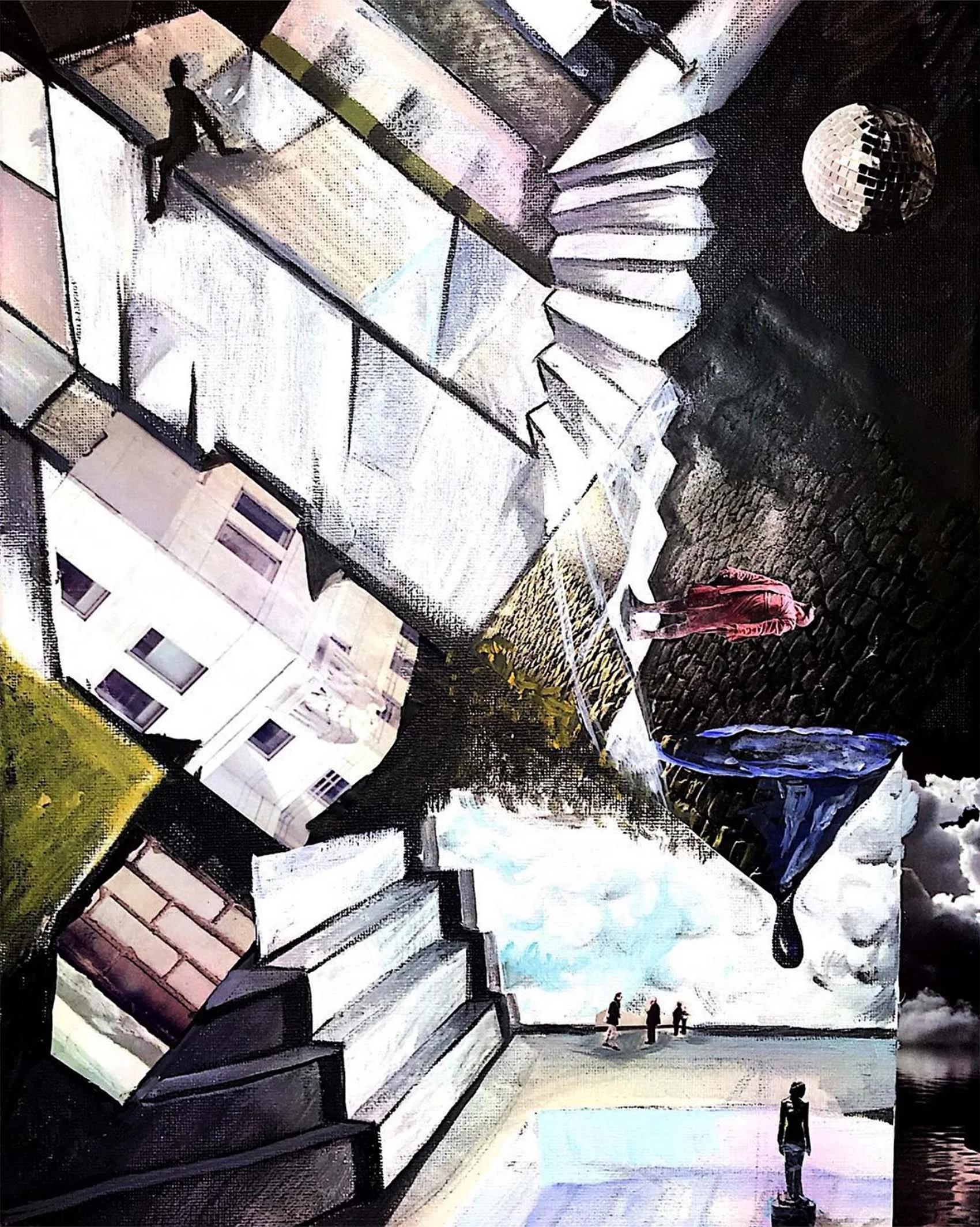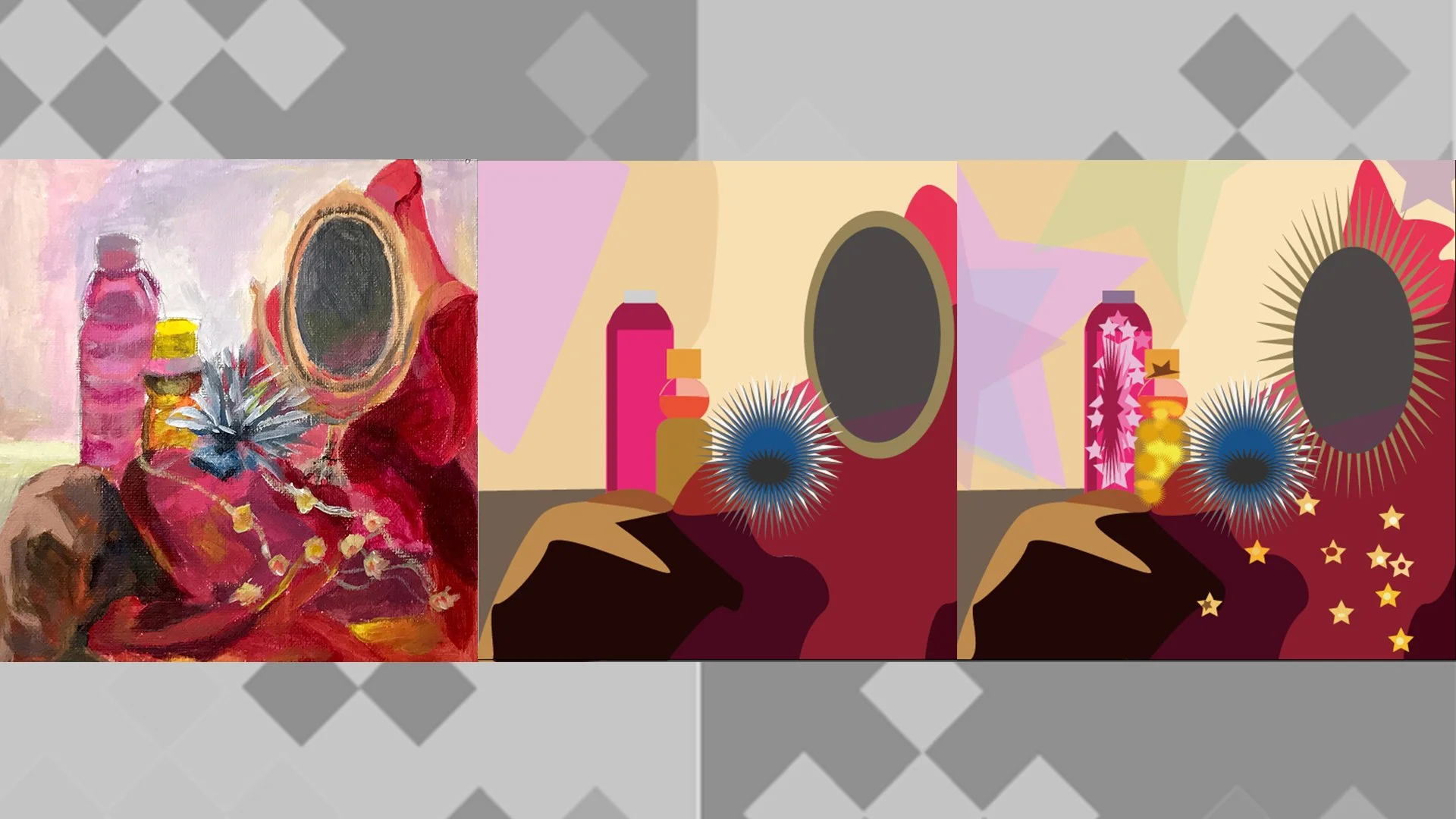Nothing Is Ever Ordinary: Xinyu Yu on Still Life
By Cansu Waldron
Xinyu Yu is an award-winning artist and designer whose practice bridges the lyricism of Eastern traditions with the innovation of contemporary Western art. Born and raised in China, she trained rigorously in ink, watercolor, and oil painting before expanding her perspective through studies at Pratt Institute in Interior Design and at the University of Pennsylvania in Sustainable Design. Now based in Phoenix, Arizona, she draws inspiration from the region’s diverse landscapes and cultures, blending her cross-cultural background into a body of work that is both grounded in history and open to transformation.
Focusing on still life in the digital age, Xinyu reimagines familiar objects as carriers of memory and meaning. Her process begins with hand-drawn sketches in pencil or ink, which she then scans and develops using tools like Procreate. By layering textures, colors, and effects, she brings a new atmosphere to traditional subjects, keeping the sensitivity of hand-drawing while embracing the depth and freedom of digital media.
We asked Xinyu about her creative process, inspirations, and how she continues to evolve still life for contemporary times.
Still life has such a long tradition in art — what drew you to it as your focus in the digital age?
Still life has always been more than just objects on a table for me. When I was trained in ink, watercolor, and oil painting, I learned to see everyday things as carriers of memory and meaning. In still life, even the smallest object can hold a story. In the digital age, I was drawn to this subject because it lets me connect tradition with innovation. Using digital tools together with hand-drawing skills, I can reimagine familiar objects with new textures, colors, and atmospheres. This makes my still life not only a continuation of art history but also a transformation of it, where ordinary objects become powerful symbols of feeling and thought.
You mix hand-drawing with digital tools — can you tell us more about your process?
My process always begins with hand-drawing. I like to sketch objects in pencil or ink because it gives me a direct and personal connection to the subject. For example, I often start with a simple fruit or glass bottle, paying attention to its details and form. After that, I scan the drawing and bring it into digital software.
I use Procreate a lot because it allows me to carry forward my hand-drawing skills in a new way. Instead of working on canvas or paper, drawing on the screen feels smoother and more flexible. It also gives me the chance to add textures, layers, and effects that expand the language of still life. Sometimes I even create my own textures, like photographing fabrics or sponges, and then blending them into the digital work. In this way, the final piece keeps the sensitivity of hand-drawing while gaining the depth, brightness, and freedom that digital tools can offer.
Is there an object you return to again and again in your practice? What does it mean to you?
Yes, there is one object I return to again and again: a chair on my balcony. I had never looked at a chair so carefully before. I never realized it could appear in so many different ways. The light changes, the shadows shift, the curves transform, and the setting alters each time. I made more than ten sketches of its variations before choosing what I felt was the most perfect angle. This process reminded me of Cézanne, who painted apples hundreds of times, each one revealing something new. For me, the chair is the same. It is a simple object that opens endless possibilities when you give it full attention. In these repeated observations, I learned that nothing is ever truly ordinary once you take the time to see it fully.
What’s something small, ordinary, or overlooked in your daily life right now that you feel might become the subject of a future piece?
Lately, I’ve been paying attention to the charging cables around my desk. We use them every day, but we hardly ever really look at them. They’re just these tangled cords that power our devices—almost like digital vines.
What interests me is how something so ordinary can also feel so organic. They sit between being useful and being almost natural, like roots or stems.
I’d love to make them the focus of a still life piece. I imagine placing them against a simple background and really studying their curves, the shine of the connectors, and the shadows they make when they loop together. I want to draw them with the same care I’d give to classic subjects like fruit or vases. To me, these cables are like a quiet symbol of our time—the physical, often invisible, connections that keep us linked to the digital world.
What is a profound childhood memory?
One of my most profound childhood memories is sitting with my father in the dim light of our first family computer. He had just installed an early drawing program, something simple like MS Paint. I remember the wonder of moving the mouse and seeing lines appear on the screen—not on paper, but in light. I could undo mistakes, fill areas with bright color, and draw with a digital spray can. It felt like magic.
That moment was my first encounter with digital creation. That computer became a doorway. It showed me that art could exist beyond paper and pencil, in a space made of light and possibility. That early sense of wonder has stayed with me and continues to inspire my digital art today.
Can you tell us about some of your favorite pieces or a past or upcoming project? What makes them special to you?
One piece that is very special to me is called Up Side Down. It was inspired by a powerful theater show I saw, an adaptation of Macbeth called Sleep No More. The dark and immersive feeling of that show really stayed with me. I wanted to create my own version of that world. I started by hand-painting some parts with acrylics. Then, I brought those paintings together with digital elements in Photoshop, layering and blending them like building a stage set. It felt like directing my own little play.
Upside Down
What makes this work meaningful is how it mixes the handmade feel of painting with the freedom of digital art. The process was both fun and deep, and it reminds me why I love creating art that lives between the real and the digital. It also reflects my question about reality and illusion—what is real and what is not. In today’s world, where digital and physical experiences blend so closely, it’s not always clear where the real ends and the virtual begins. This piece invites the viewer to step into a space that feels both familiar and strange, much like a dream, and encourages them to wonder about the nature of what they see and feel.
What else fills your time when you’re not creating art?
When I'm not in the studio, I often visit galleries and museums – not just for the art, but for the atmosphere and the way a space can make you feel. I'm especially drawn to mixed-media exhibitions.
I also find inspiration just walking through the city. I notice small things – the way light hits a window, patterns of shadows on the pavement, or even how people gather in a park. Those everyday moments often find their way into my work later, sometimes in the texture of a piece, sometimes in the mood.
And of course, like everyone else, I recharge by spending quiet time at home, watching films, or having long conversations with friends. It’s all part of staying connected to the world – both online and off.


